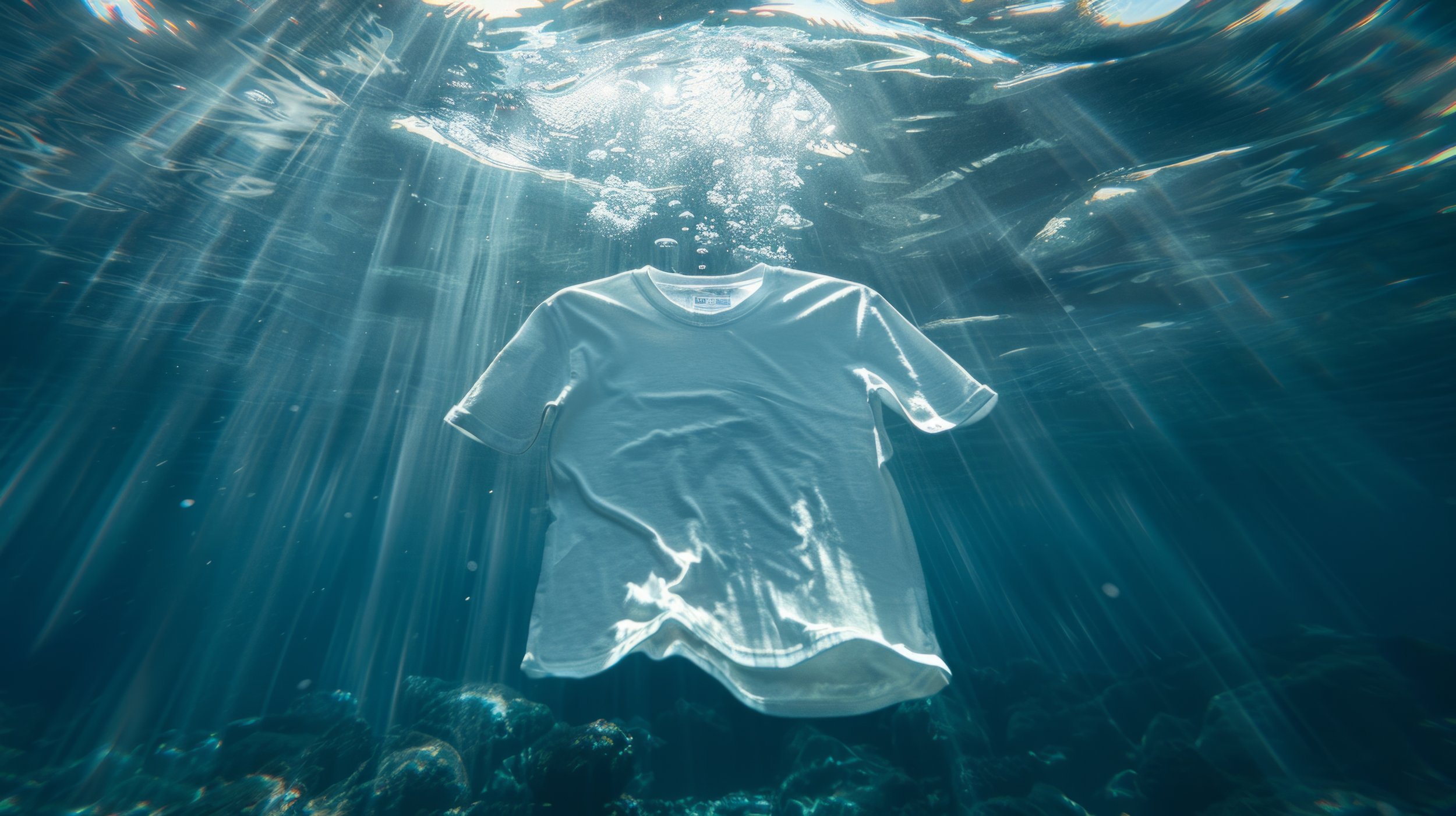MAP Blog Series: First things first, what is a MAP - and why are microfibres bad?
In an era where sustainability is not just a buzzword but a necessity, the Microfibre Assessment Programme (MAP) by Matter stands out as a groundbreaking service. This series of blogs delves into the essence of MAP, exploring its origins, methodologies, and the multifaceted benefits it offers to the textile industry.
Matter’s Microfibre Assessment Programme or MAP, is designed to understand, assess and help to mitigate the environmental impact of microfibre pollution throughout the pre-consumer textile production process.
Every year, the equivalent of 700,000 polyester shirts is released into the ocean from microfibre shedding, but we estimate that a staggering 3 billion more are lost in unrecoverable sludge (Matter calculated estimations).
The fashion industry contributes approximately 650,000 tonnes of microfibres to the oceans each year, through both the production and washing of clothing. (Source: Bain).
Microfibres are too small to be fully captured by wastewater treatment systems, and as a result, they flow into our rivers, lakes, and oceans. Microfibres entering our water systems pose significant risks to the environment and to human health.
Matter’s MAP addresses this staggering issue by scrutinising the production processes in textile supply chains, from knitting to final garment washing. Taking a holistic approach, the process involves specialist collection and examination of production data, targeted analysis, and expert observations to identify the key points in which microfibre release is most pronounced.
The programme extends its exploration to include manufacturing Effluent Treatment Plants (ETP) and Wastewater Treatment Plants (WWTP), ensuring a thorough understanding of all pollution pathways.
The Hidden Danger of Microfibres in Our Bodies
It’s important here that we take a minute to fully address the devastating impact of microfibres.
Microfibres are minute synthetic and cotton fibres, often less than 5 millimetres in length, and have become omnipresent in our environment due to the extensive use of synthetic textiles such as polyester and nylon. Released during the production, wearing, washing and disposal of clothing, these tiny particles are now found in our water, air, soil and food sources.
The terrifying reality is that scientific studies are now clearly showing evidence that microfibres infiltrate the human body. One route is through ingestion, as fibres contaminate our drinking water and accumulate in various food sources, ranging from seafood to table salt. Another significant pathway is via inhalation, with respiratory issues becoming an increasingly major concern. Inhaling microfibres can lead to respiratory irritation, exacerbating conditions like asthma and potentially causing chronic lung problems over time.
Research is continuously coming to light on the serious impact microfibres are having on our health. Grabbing the headlines, they are reported to have been found in human testicles, clogged arteries, placentas, brain cells, heart tissues, and the intestine, from which they have been linked to a range of health concerns.*
Microfibres represent a significant environmental hazard too, due to their widespread distribution and persistence in the natural ecosystem. The challenge is substantial, but with informed action and collective responsibility, it is possible to mitigate the risks and protect both our health and the planet.
That’s why at Matter, we have set the clear intention of mapping (pun intended) and understanding the impact of industrial textile manufacturing processes in order to develop technology that both mitigates this problem and offers a circular solution.
Our tailored MAP service provides you with crucial data and insights, along with custom recommendations, to guide you towards an appropriate solution for your manufacturing facility.
In the next episode of this blog series, we will be delving into exactly how we developed the MAP process.
If you’re interested in learning more about our work in textiles, click here:

